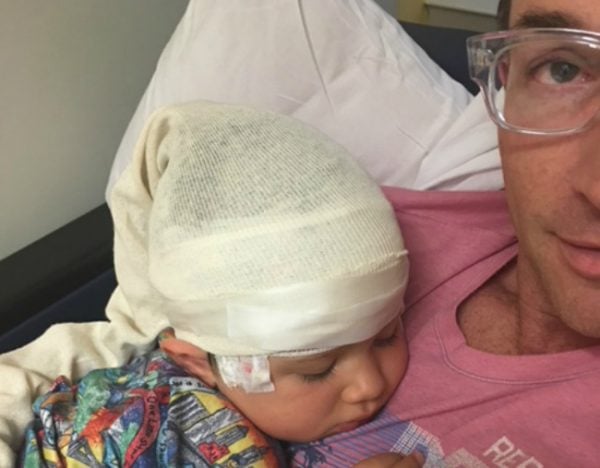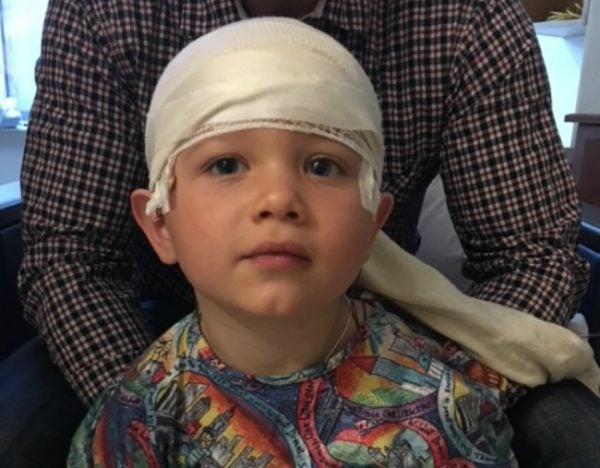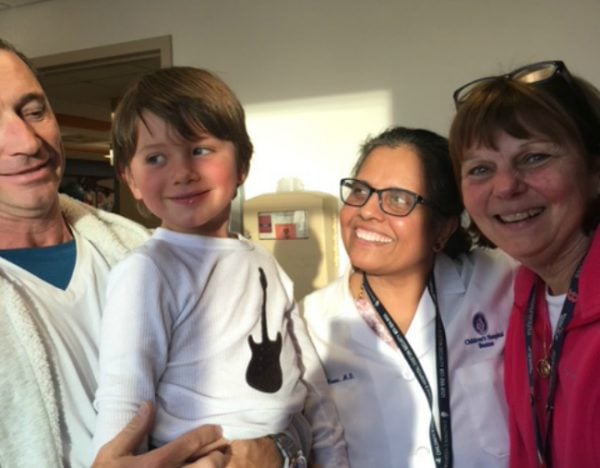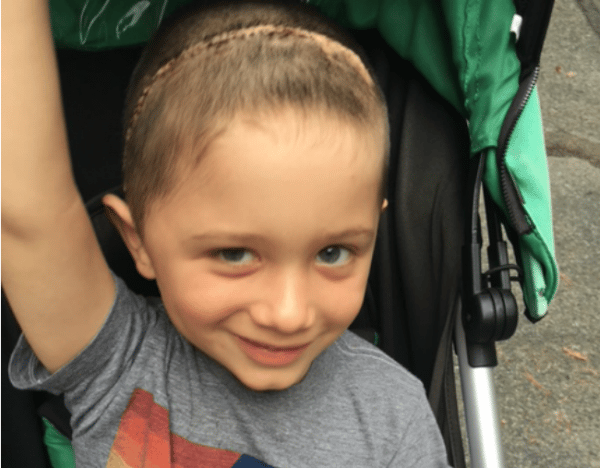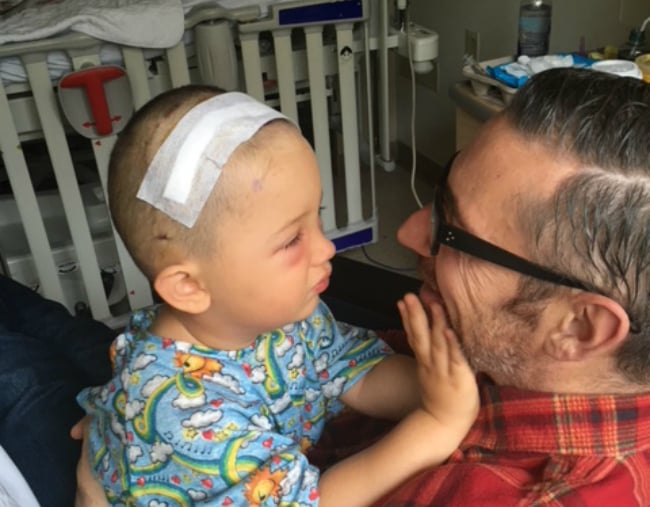
Adam Gillibrand is the father of five-year-old Jamie, who was born with a severe epileptic condition. With traditional treatments failing their son, this is the story of their search to give their son some hope for the future.
Jamie is our third and youngest child, so when he came along we weren’t inexperienced parents. But at five months old, Jamie started developing a jerking motion, what we thought was the so-called falling reflex or Moro reflex, common to many babies.
But it grew worse over several weeks and as we were about to fly to Port Douglas for our winter holiday, we thought we had better seek medical advice and get cleared for take-off. For speed of response, we decided to go straight to Emergency at the hospital rather than our GP.
In ER, by chance that day, the epilepsy specialist was on duty. My wife had filmed the falling reflex and we showed it to him. Immediately he diagnosed it as epilepsy at which point we had no idea what that meant and weren’t unduly worried.
The diagnosis of epilepsy was both shocking and devastating. We had no clue what to expect or how we would cope as a family. As a parent you go into survival mode only being able to cope with immediate thoughts and events. The moment you mentally venture into the future you become extremely overwhelmed. In addition, having two other children puts pressure on you as a parent to protect them from the stress and sadness, there’s no time to have a breakdown.
After that initial diagnosis, he was then diagnosed as having infantile spasms which, they don’t tell you at first, is a very very sinister form of epilepsy. It’s intractable and the first advice from the neurologist to us was not to Google it.

